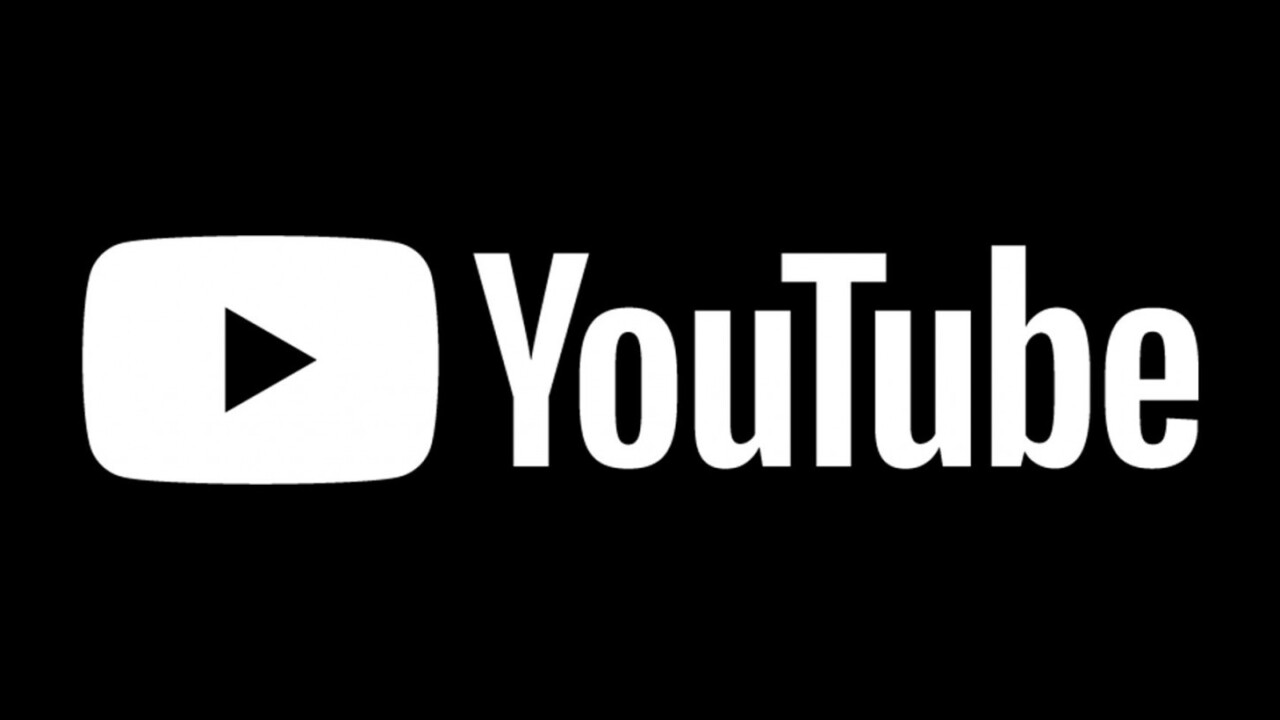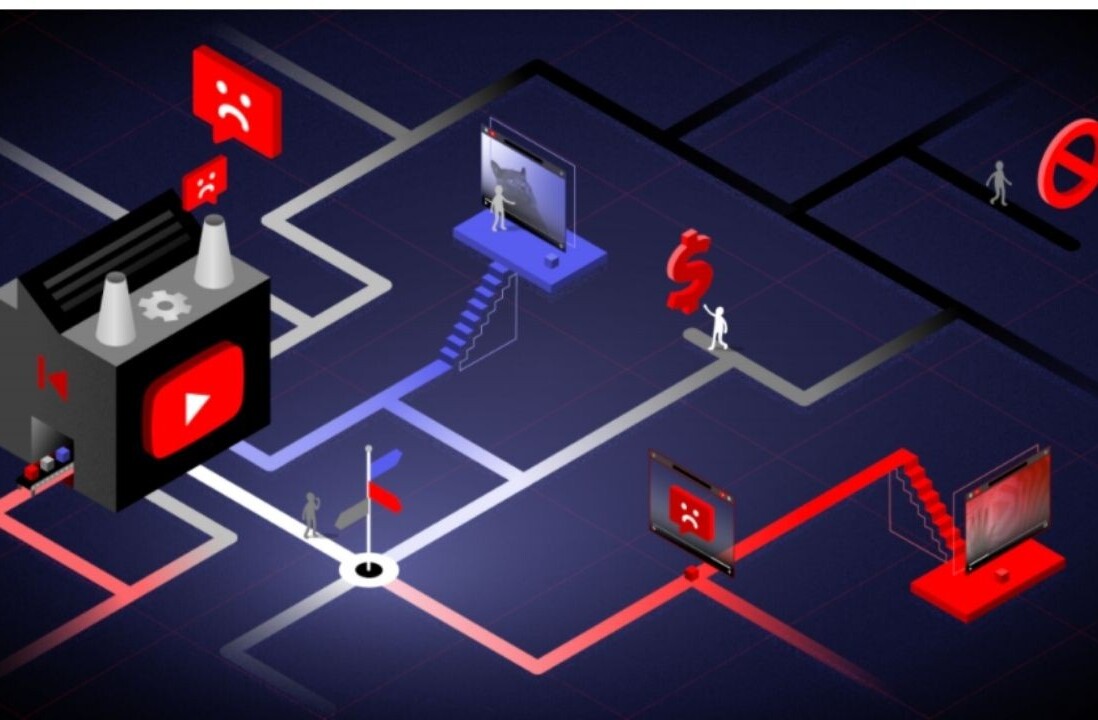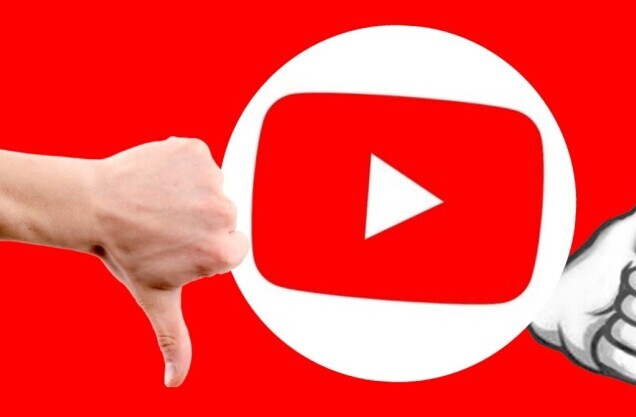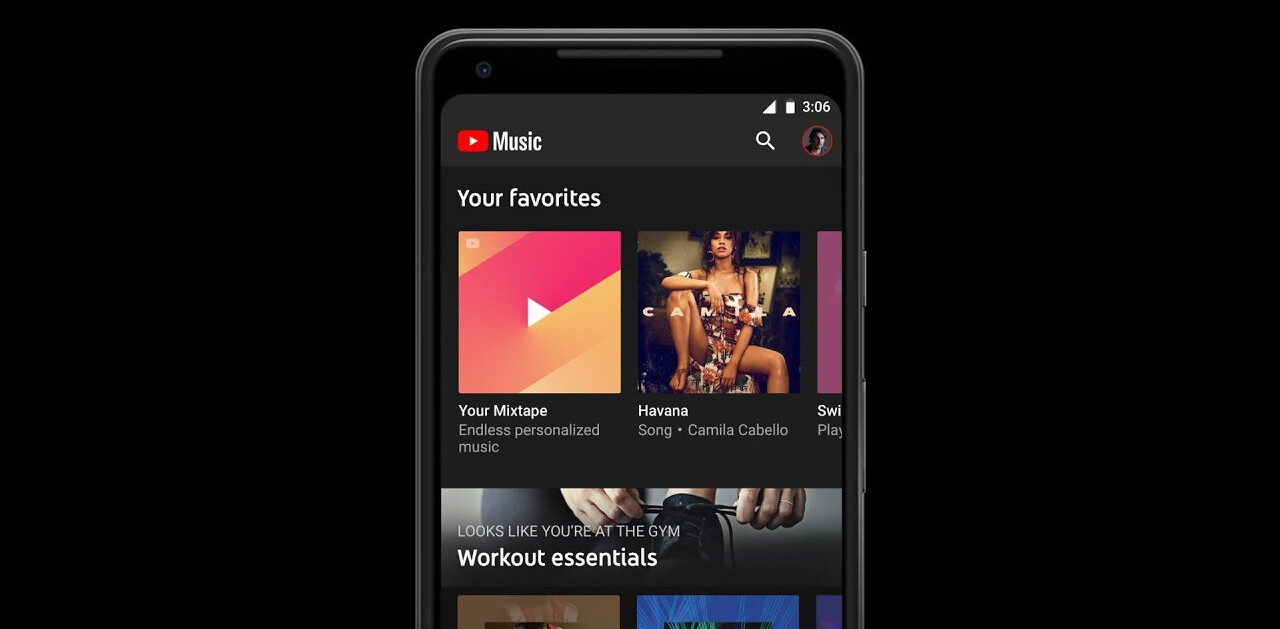
YouTube announced today it would be adding new options for creators to make money from their content. Most of the options are reminiscent of what other platforms have tried, but they could still alleviate a problem YouTubers have been facing for over a year.
Neal Mohan, YouTube’s chief product officer, introduced the new features at VidCon, the annual conference for online video makers. The first feature, and the most obviously beneficial, is a $4.99 Channel Membership that lets users pay for exclusive content on a channel. That content can be emoji, livestreams, special badges, and extra videos, depending on what the content creator offers.
From the sound of it, it’s almost exactly like Twitch’s subscriptions, down to the price. But that system ain’t broke, so why bother fixing it? It’s been available for a small number of users in a beta test as “Sponsorships,” but is now going to be made available to eligible users with over 100,000 followers.
The second feature is a merchandise shelf that allows users to sell their swag underneath every video. Up to now, creators had to link to their personal storefronts in the description of every video. Now they have a section on their channel where they can show off prices and pictures of each item. Here’s what it looks like on a Lucas the Spider video:

The third feature is Premieres, which allows creators to show off pre-recorded videos in a livestream with a public landing page where they can interact with fans as the video goes live. It’s basically what the name suggests it is, with the added benefit that YouTubers can now have Super Chats — where users pay to have their comments pinned to the top of the stream — for every upload.
To say these new options come with a complicated and tragic backstory wouldn’t be an exaggeration. Last year, the so-called “YouTube Adpocalypse” commenced when YouTube changed its rules on advertising. It did so in response to controversy over the fact that ads were playing over videos containing extremist content. The UK government froze all ad spending when its ads played over such videos. Several other advertisers followed, pulling out of YouTube’s platform and, in response, Google put new rules in place.
According to the new rules, YouTube broadened the definition of which videos can be age-restricted, and thus ineligible for monetization, to include:
- Vulgar language
- Violence and disturbing imagery
- Nudity and sexually suggestive content
- Portrayal of harmful or dangerous activities
Almost immediately, YouTubers began to complain about their videos retroactively becoming demonetized despite the fact they contained no controversial content at all. Several claimed they’d taken a serious hit to their revenue, which is a big deal considering it’s pretty darned hard to make money on the site at the best of times.
And if this sounds like just a bit of interwebs drama, there was one real, terrifying cost: Nasim Aghdam, the woman identified as the shooter who attacked YouTube HQ in April and allegedly took her own life, might have been motivated by her anger over the Adpocalypse. In her case, she had delusions YouTube was out to ruin her channel, specifically, by keeping her from earning money on videos.
I’m by no means saying her grievances excuse what she did — I’m just saying YouTube has a very real problem and the worst kind of incentive to fix it.
These new options might be just the ticket to help the site’s content creators make money from their hard work while not slackening its policies against controversial content.
Get the TNW newsletter
Get the most important tech news in your inbox each week.




